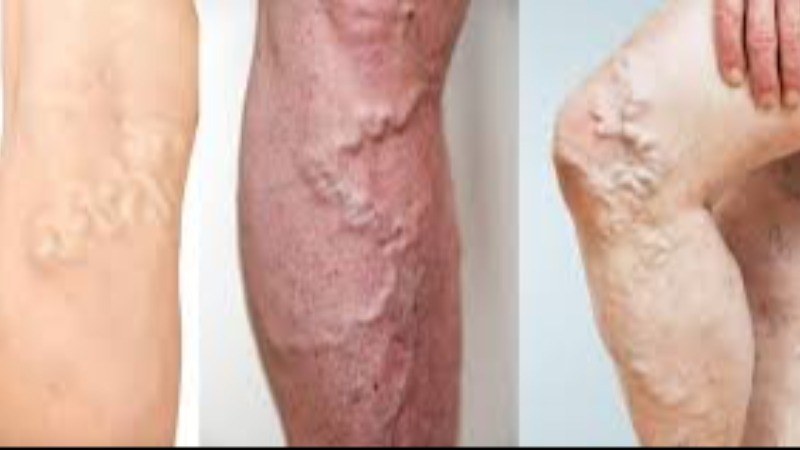
Thrombosis is a serious disease that affects millions of people worldwide, but not many people know about it. It is called a "silent killer" because its symptoms often develop gradually and can cause serious problems.
What is thrombosis?
Thrombosis is a process in which a blood clot forms within blood vessels. This clot can form in arteries or veins, and when it forms, it can block blood flow. This can cause a person to have a number of serious health problems, such as heart attack, stroke, or pulmonary embolism.
Causes of Thrombosis
There are many risk factors for thrombosis, including:
Sedentary lifestyle: sitting or lying down for long periods of time
Obesity: Being overweight can obstruct blood flow
Smoking: It damages blood vessels
Pregnancy: Hormonal changes and increasing weight can increase the risk of clots
Genetics: If someone in the family has this problem, the risk increases
Age: The risk of thrombosis increases with age
Symptoms of thrombosis
Following are some common symptoms of thrombosis:
Swelling in the affected area, such as a leg or arm
Change in skin colour (redness or discolouration)
Pain or tenderness
Warmth in the affected area
Difficulty breathing and chest pain if you have a pulmonary embolism
Types of thrombosis
Thrombosis is mainly divided into two types:
Arterial thrombosis: A blood clot forms in the arteries, which carry oxygenated blood from the heart to other parts of the body. This can cause a stroke or heart attack.
Venous thrombosis: This is when a blood clot forms in the veins. The veins carry deoxygenated blood back to the heart. This can cause deep vein thrombosis (DVT) or pulmonary embolism (PE).
Treatment of thrombosis
Thrombosis can be treated in the following ways:
Anticoagulants: These medications prevent the formation of blood clots and help dissolve clots that have already formed.
Thrombolytics: These medications help treat clots that have already formed.
Surgery: In severe cases, surgical intervention may be needed to remove the clot or open the blood vessel.
Prevention of thrombosis
Some measures can be taken to prevent thrombosis:
Exercise: Regular exercise improves blood flow and reduces the chance of clots.
Quitting smoking: Not smoking improves the health of blood vessels.
Maintaining a healthy weight: This reduces pressure on veins and reduces the chance of clots.
Hydration: Drinking enough water keeps the blood fluid, which reduces the formation of clots.
Staying mobile: Avoid sitting for long periods of time, and get up and move around from time to time.
Thrombosis is a serious but often overlooked problem. It is important to be aware of it and recognize its symptoms so that timely treatment can be done and serious health problems can be avoided. Take care of your health and contact a doctor immediately if you experience any symptoms.
Aishwarya Rai-Abhishek Bachchan's Divorce Confirmed? Fans Shocked by the Video
Key Leaders Gather for BJP Strategy Meeting Ahead of Uttar Pradesh By-Polls
Amitabh Bachchan Celebrates 82nd Birthday: A Legend Honored by Fans and Co-Stars